Good or bad? Filming your lifts in training
During a recent DiSE camp, British Weight Lifting’s DiSE athletes took part in a technical development workshop. The workshop introduced athletes to the BWL Technical Model, which is a tool that can be used to analyse an athlete’s technical performance in the snatch, clean and jerk.
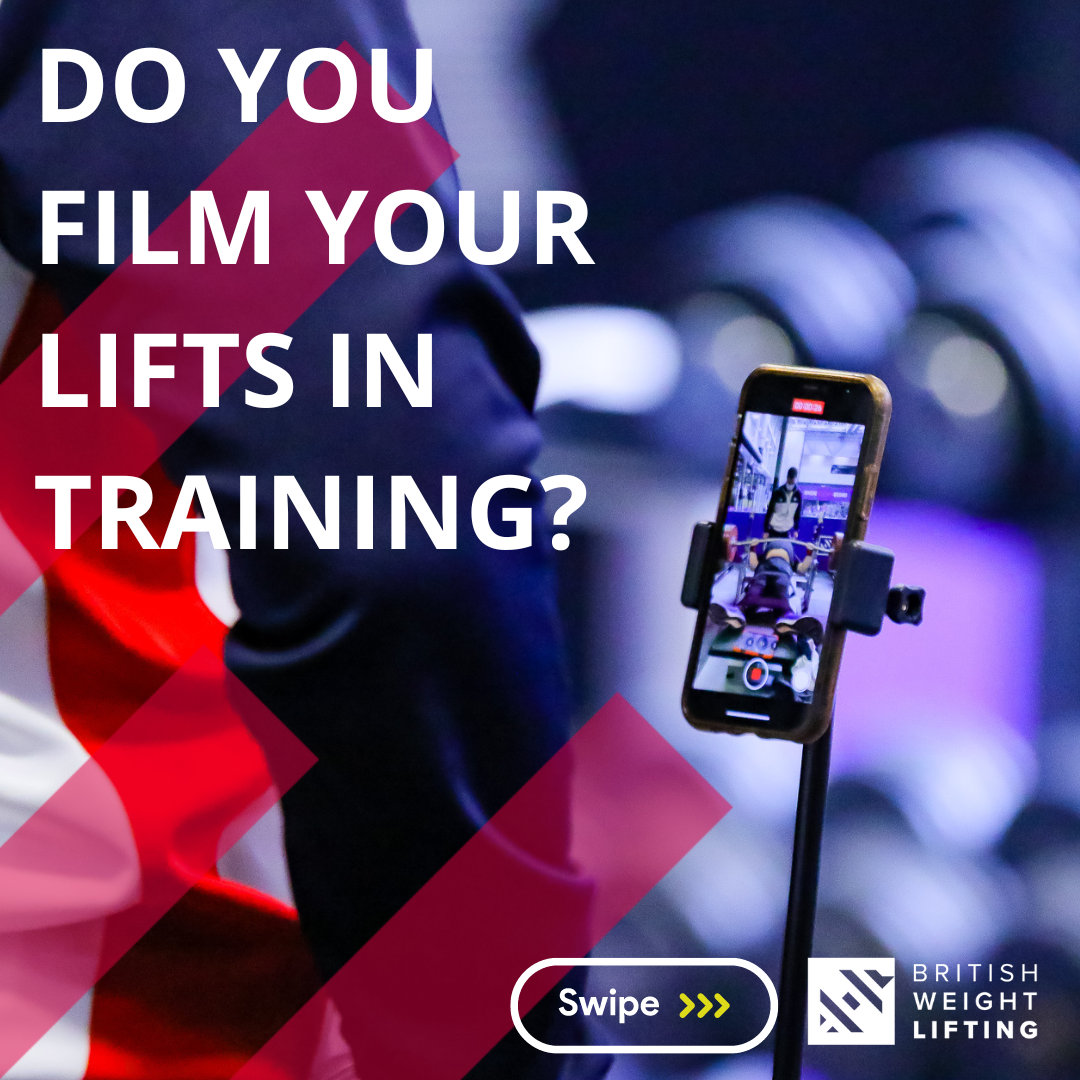
The workshop prompted a discussion around the pros and cons of filming lifts in training. Here is a summary of the athletes’ reflections.
|
Pros |
Cons |
|
+ Identify what you are doing effectively |
- Setting up a camera or having people film your lifts can make a training session longer |
|
+ Identify errors or what you might need to change |
- Can lead to over analysis (“getting stuck in your head”) |
|
+ Check your posture in key positions |
- If you are using your phone you may get distracted |
|
+ Track technical progress |
- You can develop a reliance on video feedback, which you won’t have in competition |
|
+ You can get used to being filmed, which may happen at national and international competitions |
- May feel pressured and experience anxiety |
|
+ Compare your lifting technique with elite weightlifters |
- Being on your phone may get in the way of building relationships with teammates |
So, is filming lifts good or bad?
As we can see from the athletes’ reflections, there is definitely value in filming lifts. It creates an opportunity to identify what the athlete is doing well, as well as helping to identify areas of improvement. However, we need to draw attention to the amount of filming we are doing, as too much can lead to over analysis and distraction from purposeful training.
Analysing your lifts effectively
Identifying specific sessions in the week where lifts are filmed might be beneficial. Or perhaps limiting the number of lifts filmed in a session (e.g., maximum of 3 lifts, or heaviest lift for the day). Athletes should also consider how they can make analysis of their lifts more effective. For example, analytic tools such as the BWL Technical Model or bar tracking apps can help to make technical analysis more objective.
How can we use the BWL Technical Model to analyse weightlifting technique?
The BWL Technical Model provides a framework for capturing a technical series. A technical series breaks down the lifts into key positions, which provides coaches and athletes with consistent reference points from which to analyse technique. With this information, coaches and athletes are able to track technical progress. They can also contrast athletes’ technique with elite weightlifters. This can be a useful way to see if athletes are adhering to the foundational components of weightlifting technique.*
*Rather than focus on the variations in weightlifting technique, the BWL Technical Model initially focuses attention on the stable technical components (i.e., the components that will be evident in 99% of all successful lifts).
What other analytical tools can coaches and athletes use?
Filming and watching lifts back are just one way coaches and athletes are able to reflect and analyse their weightlifting performance. There are a number of factors that will influence an athlete’s technical performance, including their physical ability. Other analytical tools can include, tracking barbell trajectory, strength testing and mobility screening.
Although we should try to be objective with our analysis, this does not mean that subjective feedback does not have a place. Considering how a lift feels can prompt insights into technical performance. And don’t forget that coaches and teammates can provide feedback that can be helpful too.
Summary
- Filming lifts is common practice in weightlifting training sessions.
- Filming lifts can be useful to help analyse lifting technique.
- Too much emphasis on filming lifts can lead to overanalysis.
- It may be more effective to limit the number of lifts filmed per session or per week, to counter the negative impact of filming lifts.
- Using tool such as the BWL Technical Model to analyse technique can provide coaches and athletes with more objective feedback.
- Using a selection of analytic tools, alongside an athlete’s feeling and coach and teammate feedback may provide the greatest insight.
Final thoughts
It might be helpful to be clear in why we are recording lifts in training. For instance, is it to highlight a technical error or to create a reel on social media? Either may be beneficial, but confusing the two can be an issue. For example, filming lifts from the front may allow an athlete to create an exciting reel, but does it allow for the best angle for technical feedback? The take home message: be intentional in how you film and analyse your lifts.
About DiSE
The British Weight Lifting Diploma in Sporting Excellence (DiSE) is an athlete education programme which runs alongside BWL’s Talent Pathway. The programme (which is an accredited qualification) has been designed to meet the needs of young athletes aged between 16-18 who have the potential to progress within the sport of weightlifting.
The 2-year qualification is run in partnership between British Weight Lifting and Loughborough College. The aim of the programme is to support athletes to develop skills to help them succeed on and off the platform.
Athletes who are part of the programme will have the opportunity to attend four residential camps across the two years. Athletes will also have access to online workshops, BWL CPDs and get to work with a nutritionist and psychologist on a 1:1 basis.
Upon successful completion of the DiSE qualification athletes will receive 64 UCAS points (currently equivalent to BTEC extended Diploma at Merit, Pass, Pass and 2 x A levels at C’s). The Diploma in Sporting Excellence can add weight to an athlete’s personal statement or CV if they are to pursue an alternative career and field of study alongside sport.
Note: DiSE is a funded programme. The only costs attributed to the athletes are to cover travelling to and from the residential training camps.
To find out more information please visit the BWL website.
To find out more about the BWL Technical Model
Information relating to the BWL Technical Model is integrated into our weightlifting and strength training qualifications.
If you are new to the sport or want to refresh your technical knowledge, we have a CPD: Essentials of Weightlifting Technique, which focuses on technical development.
Partners
-
 Official Partner
Official Partner
-
 Official Equipment Partner
Official Equipment Partner
-
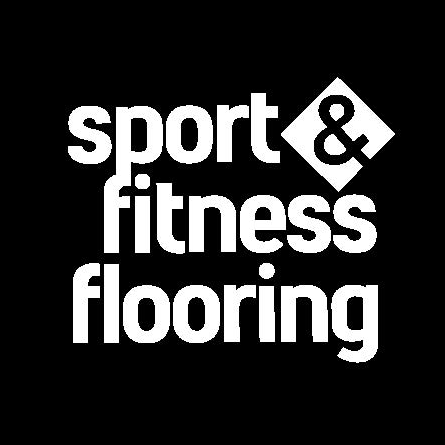 Official Partner
Official Partner
-
 Official Partner
Official Partner
-
 Official Photography Agency
Official Photography Agency
-
 Official Partner
Official Partner
-
 Official Partner
Official Partner
-
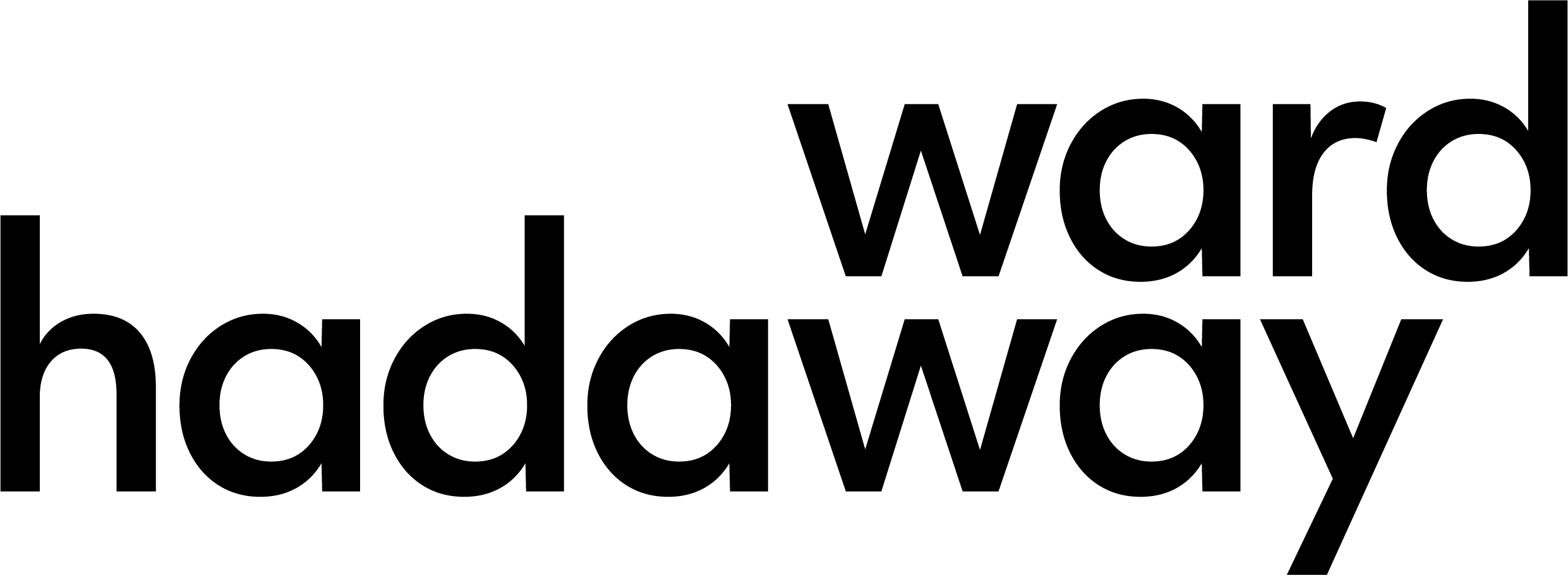 Official Partner
Official Partner
-
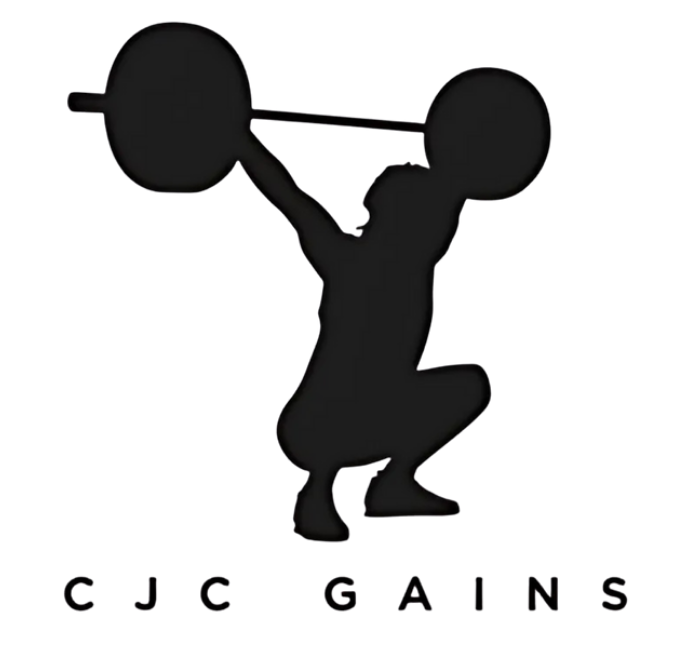 Official Partner
Official Partner
-
 Official Travel Partner
Official Travel Partner
-
 Partner
Partner
-
 Funding Partner
Funding Partner
-
 Funding Partner
Funding Partner
-
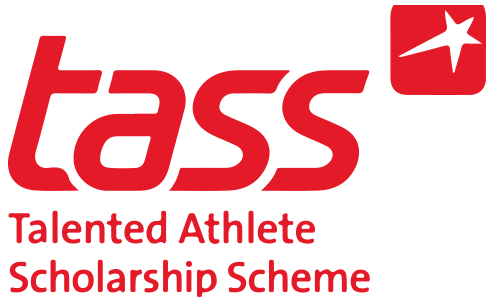 Funding Partner
Funding Partner
-
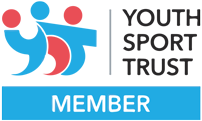 Official Strategic Partner
Official Strategic Partner
-
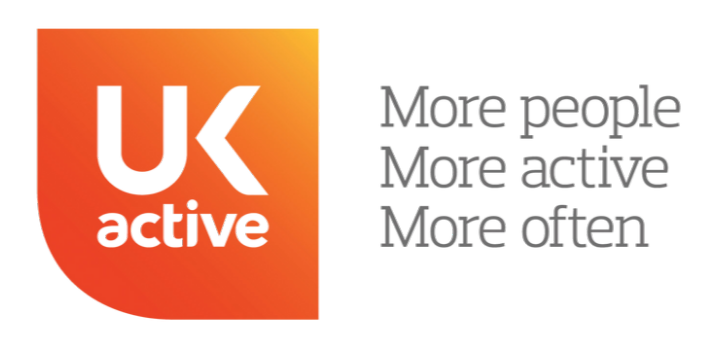 Official Strategic Partner
Official Strategic Partner
-
 Official Strategic Partner
Official Strategic Partner
-
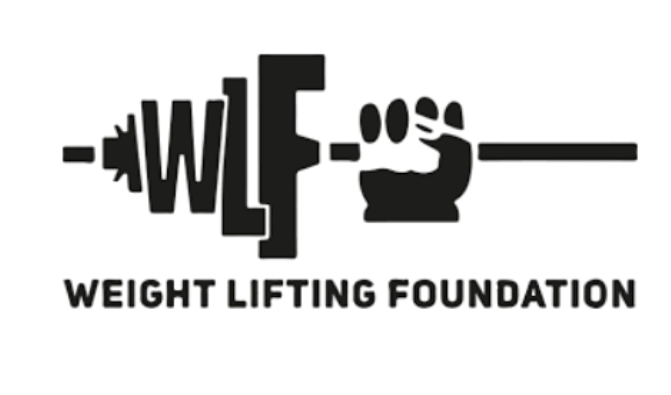 Weight Lifting Foundation Charity
Weight Lifting Foundation Charity
-
 Official ELearning Partner
Official ELearning Partner
-
 Official Awarding Organisation
Official Awarding Organisation
-
 Official Course Endorsement
Official Course Endorsement


